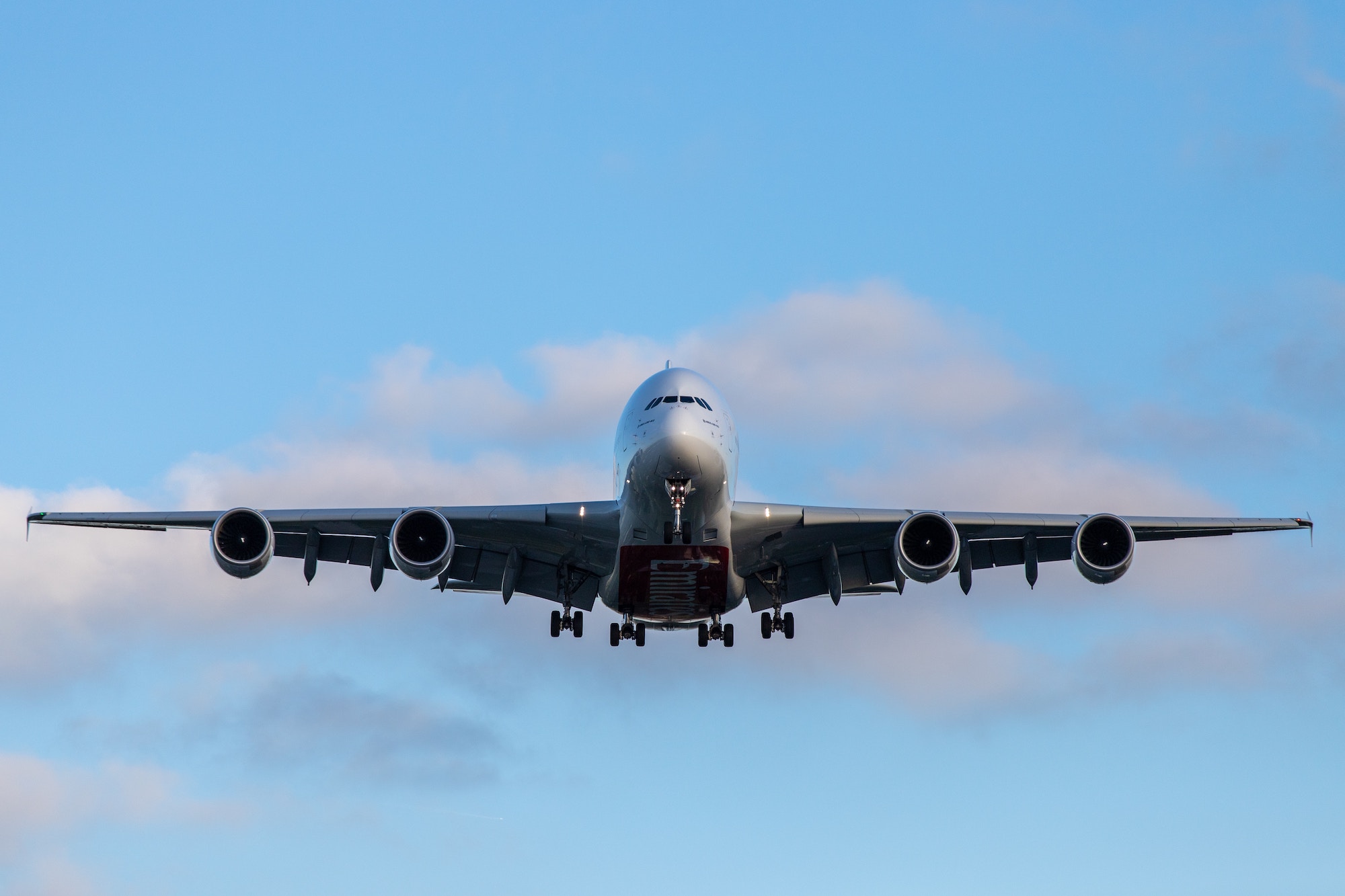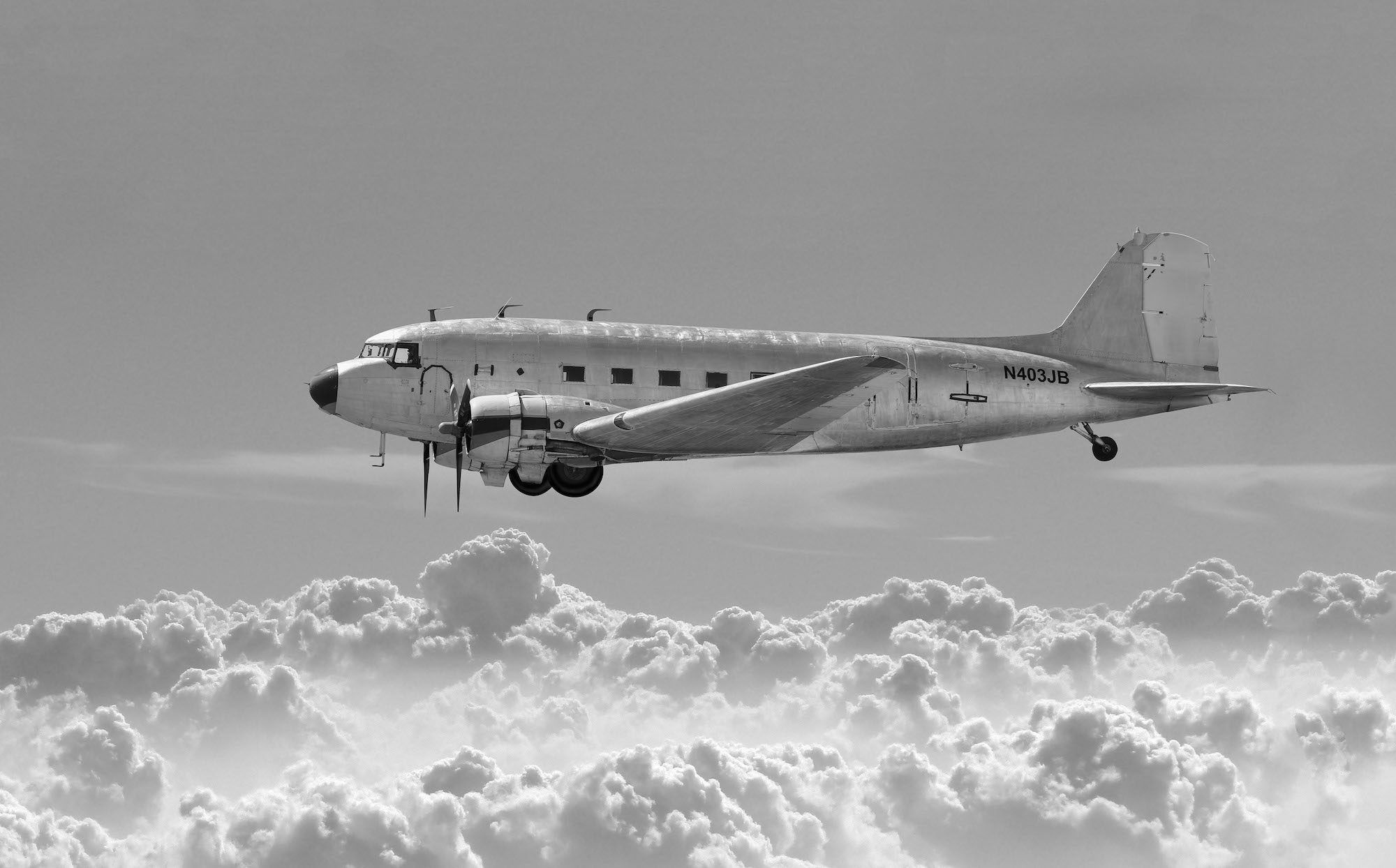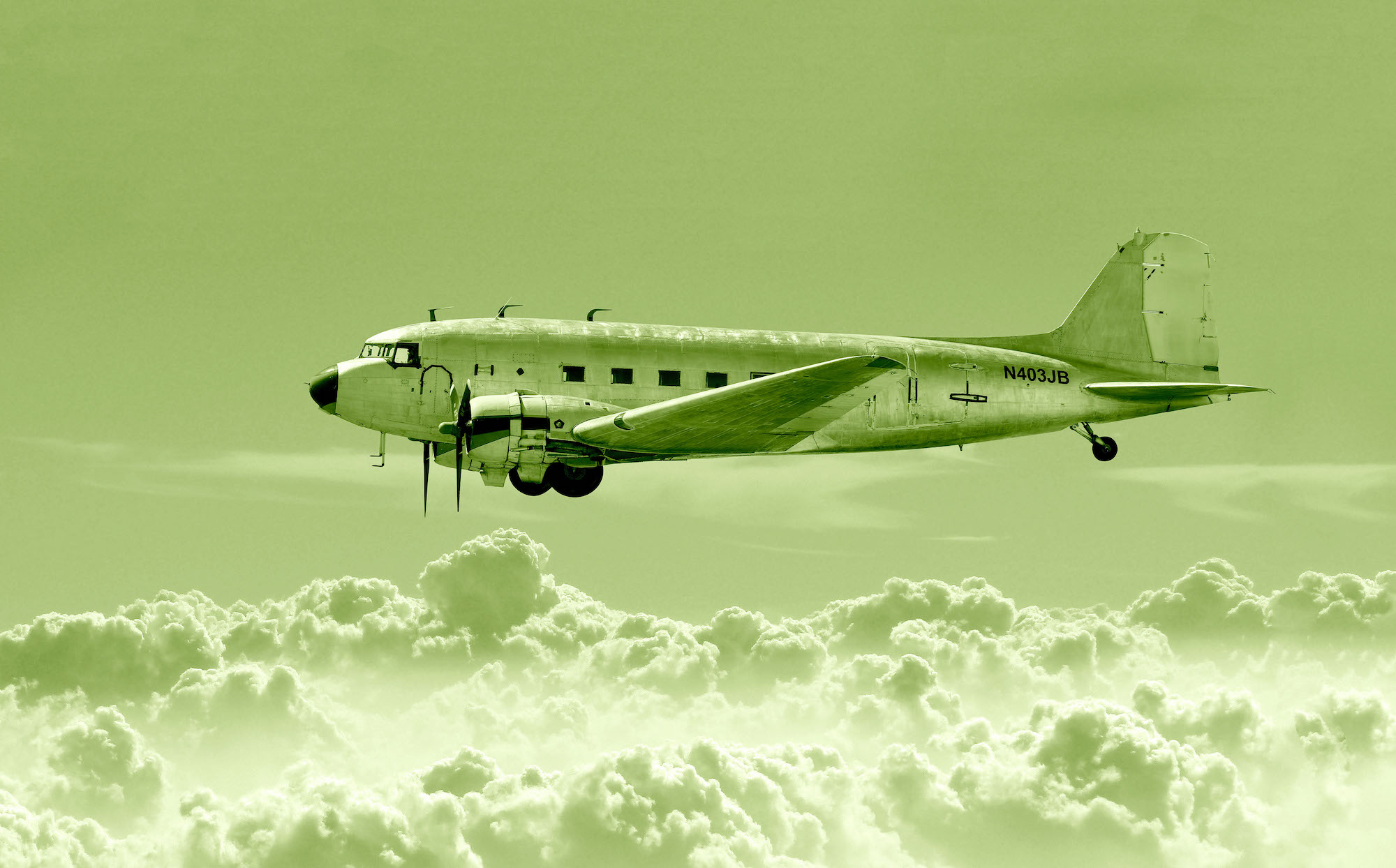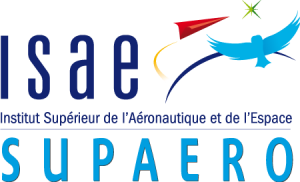
Flight Mechanics for Flight Testing
This training gives an overview of applied flight mechanics for flight testing. It is proposed through blended learning, a series of lectures delivered with tutored distant learning, through many vid…
NiveauCourse Level: Advanced
Course type: SPOC
Course delivering: BLENDED LEARNING

Fundamentals of Flight mechanics
How do planes take off? How do they fly? How do pilots maintain control of them? And how high can airplanes fly? Get answers to all these questions and more with this specialization exploring the fun…
- Instructor: Eric Poquillon
NiveauCourse Level: Intermediate
Course type: Specialisation
Course delivering: 100% ONLINE

Flight mechanics - The basis
More than one century after Wright brothers first fly, flight still defy out intuition. You will learn here how planes do fly, how pilots can control their trajectory, and what happens if they fly to…
- Instructor: Eric Poquillon
NiveauCourse Level: Beginner
Course type: MOOC
Course delivering: 100% ONLINE

Flight mechanics - Propulsive balance and energy
This course is dedicated to energy management, i.e. speed and altitude control. The various sources of drag are first described and modeled, as well as thrust origin, and evolution with speed and alt…
- Instructor: Eric Poquillon
NiveauCourse Level: Intermediate
Course type: MOOC
Course delivering: 100% ONLINE
Learning time: 8
Duration: 4

Flight mechanics - Lift and trajectory
In this course, you will understand the influence of the angle of attack and speed on the lift. Then we will focus on hazards and limitations, like stall, spiral dive, or flutter. You will understand…
- Instructor: Eric Poquillon
NiveauCourse Level: Intermediate
Course type: MOOC
Course delivering: 100% ONLINE

Flight Mechanics - Anemobarometry
This course focuses on the physics of the atmosphere and its consequences on speed and altitude measurements. At the end of this course, you will understand precisely the meaning of the speed and alt…
NiveauCourse Level: Intermediate
Course type: MOOC
Course delivering: 100% ONLINE

Comment vole un avion ?
Cela fait à peine plus d’un siècle que les avions volent. Et, de fait, le vol défie souvent l’intuition de l’animal terrestre que nous sommes. Comment vole un avion et comment éviter qu’il échappe au…
- Instructor: Eric Poquillon
NiveauCourse Level: Beginner
Course type: MOOC
Course delivering: 100% ONLINE
